16 Literacy Tips for Students with Additional Support Needs
September 10, 2015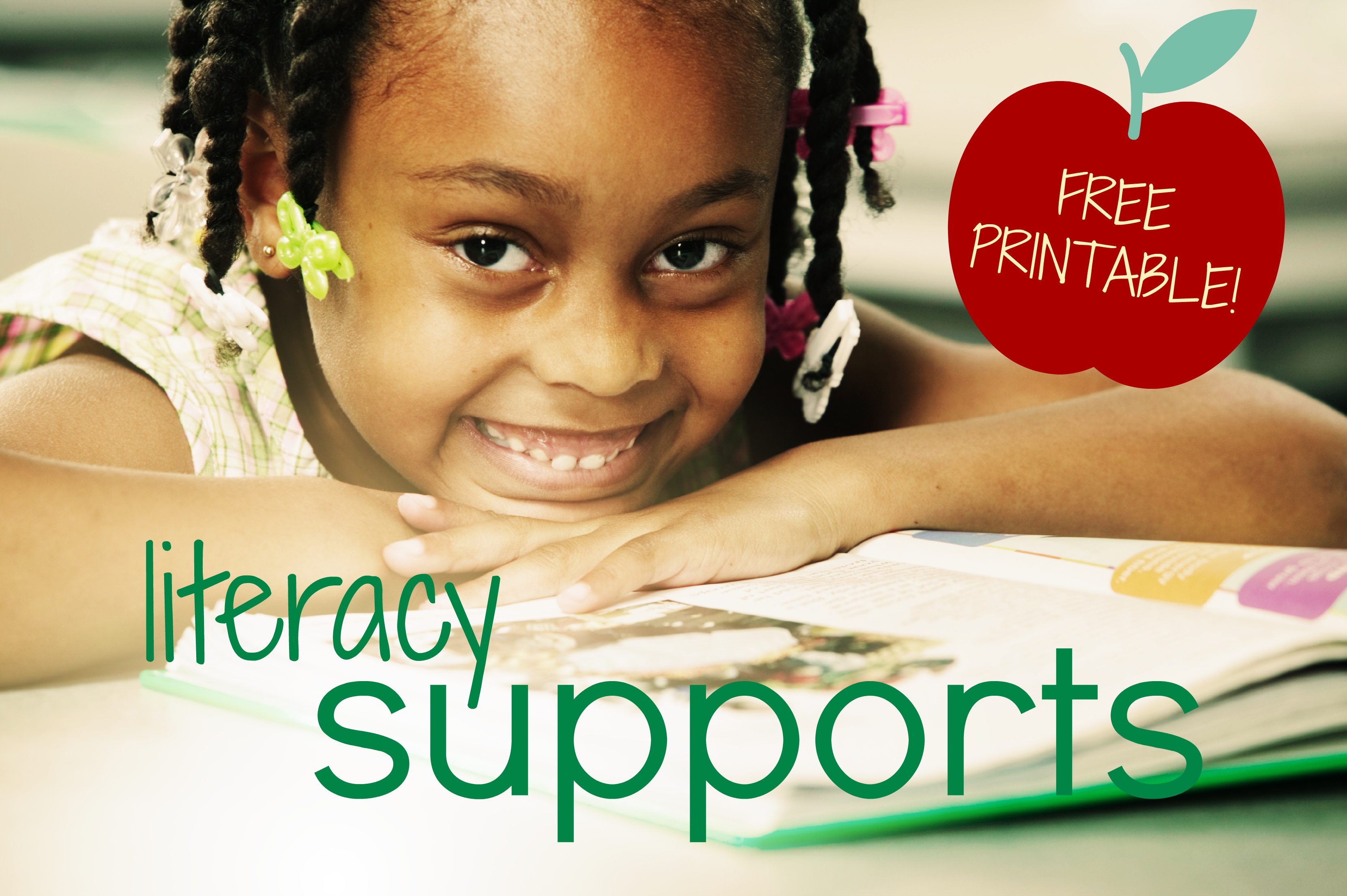
September is National Literacy Month, so what better time to try some fresh ideas for helping students with support needs strengthen their literacy skills? Today we’re sharing some easy, ready-to-use tips for modifying reading and writing classwork for students with a wide range of disabilities and learning needs. They’ll help your students participate and make progress in four key areas of literacy:
- Reading Instruction & Literature Study
- Word Study
- Comprehension
- Written Language Tasks
These ideas are from Modifying Schoolwork, a teacher’s guide by inclusion experts Rachel Janney and Martha Snell. Try the ones that work with your students’ individual needs and goals—and let us know how it goes!
To help with…
TRY THIS:
- Use differentiated reading material (especially important if your textbooks and other materials weren’t created based on Universal Design for Learning guidelines).
- Use highlighting tape to draw attention to key words or phrases.
- Have the student listen to and retell what was read.
- Provide a summary of the text.
To help with…
TRY THIS:
- Give students magnetic letters, letter stamps, or letter cards to help them practice new sounds and letters.
- Try a recognition-only spelling test. Prompt the student to circle a word from a choice of two or three instead of writing the whole word. Or try an adapted test with pictures or symbols accompanying the words.
- Have the student match words with corresponding pictures.
- Ask the student to write the first letter only when the words for a spelling test are read.
To help with…
TRY THIS:
- Use prediction strategies (“What do you think will happen?”)
- Give students sticky notes to mark main ideas, answers to their predictions, and more.
- Provide story maps with labeled spaces for setting, characters, problem, and solution.
- Have a student sequence pictures of story events rather than writing or answering oral questions.
To help with…
TRY THIS:
- Prompt the student with stimulus questions such as “What person in the story did you like best?”
- Pair the student with a “scribe,” such as a peer with strong writing skills, who can transcribe what the student says.
- Provide your student with sentence starters and fill-in-the-blank sentences.
- Have the student create posters, dioramas, mobiles, or paintings to demonstrate his or her knowledge.
Like these ideas? Grab this free quick-sheet with all these tips, plus 14 more. A great addition to your literacy toolbox!

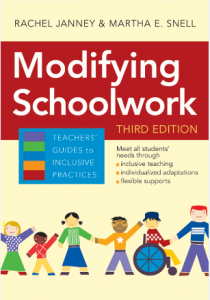




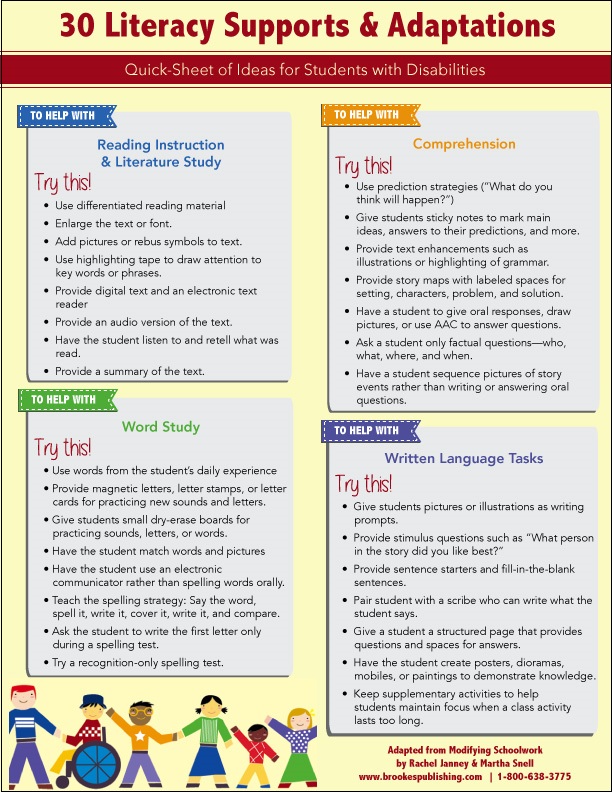
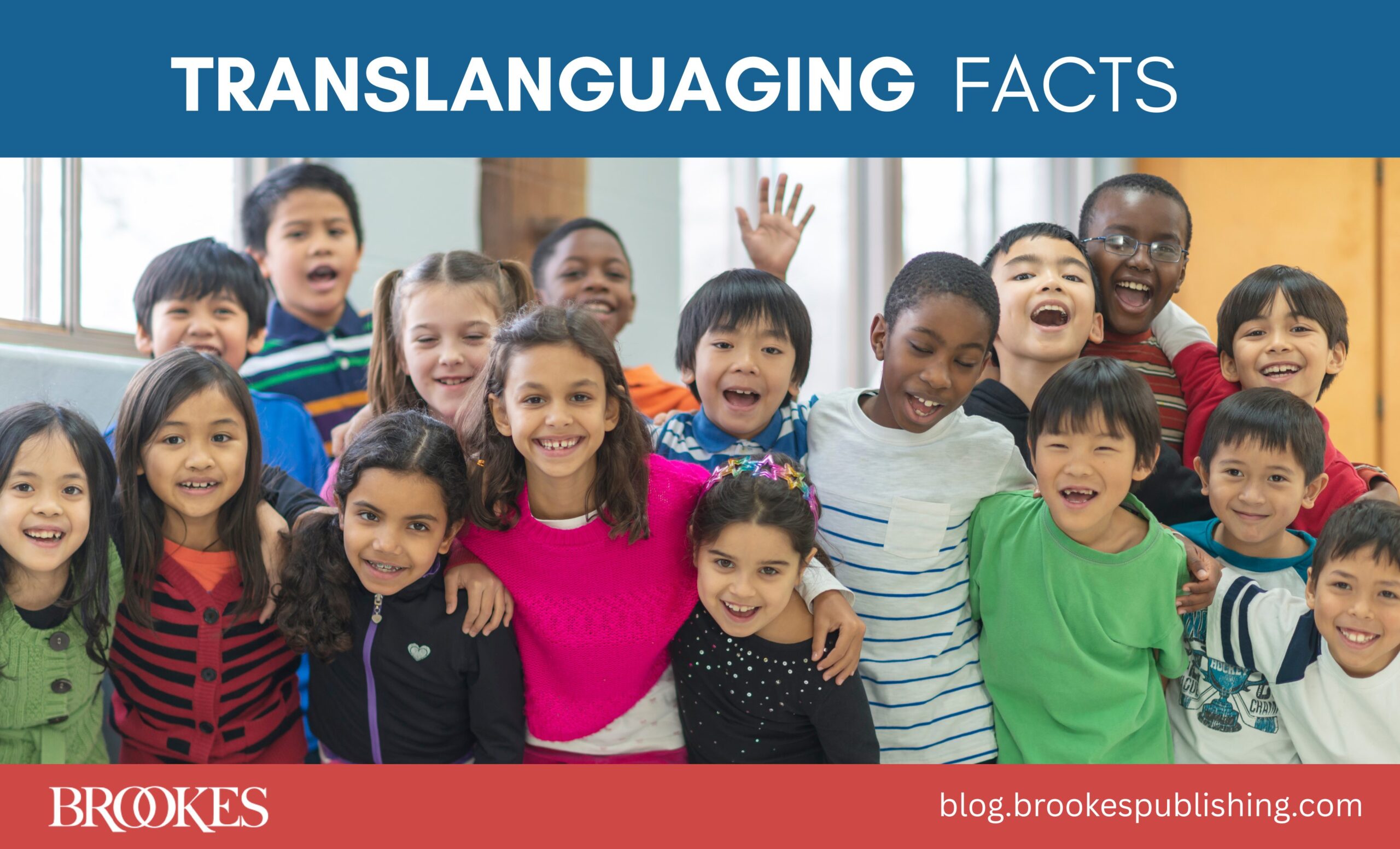
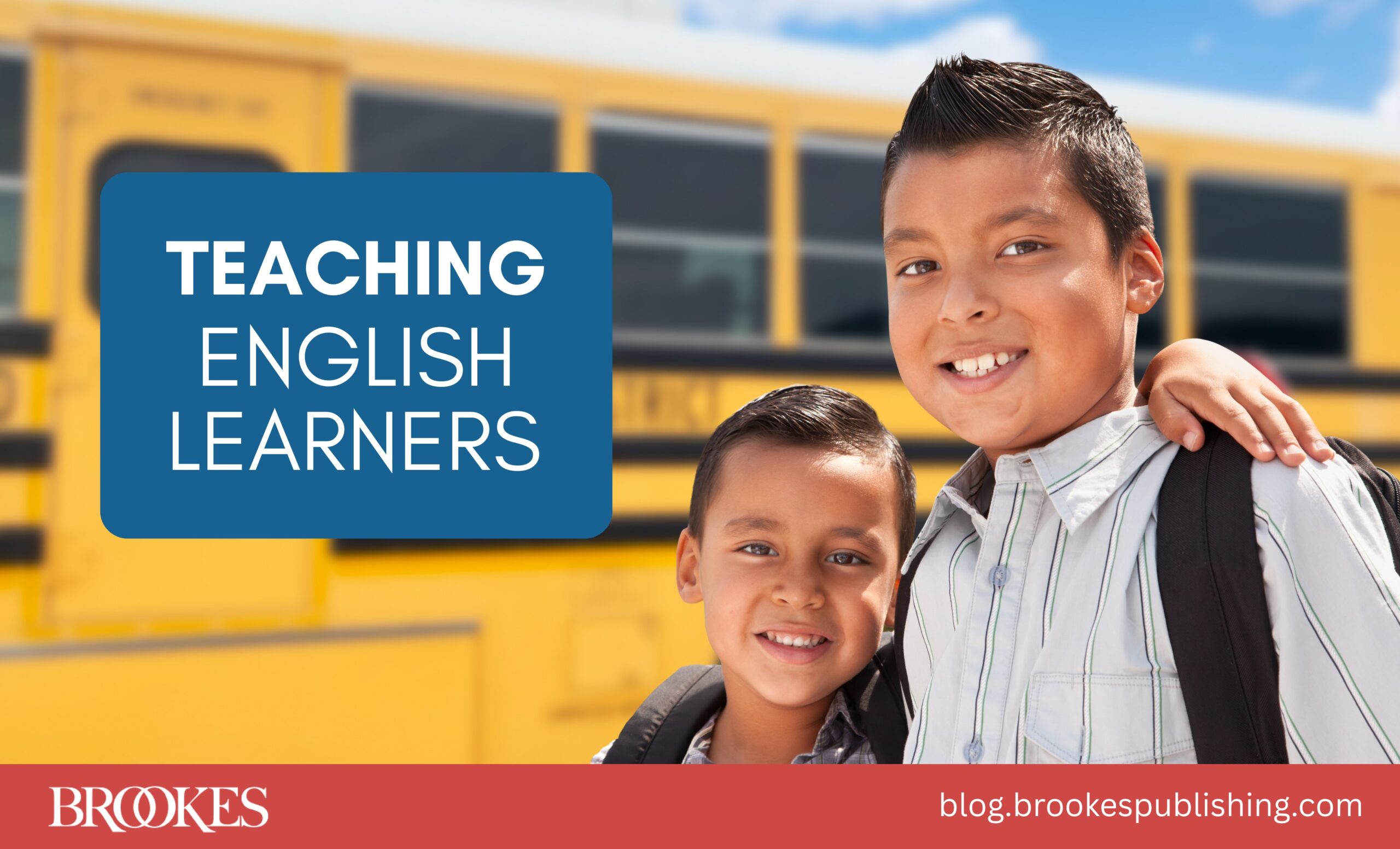
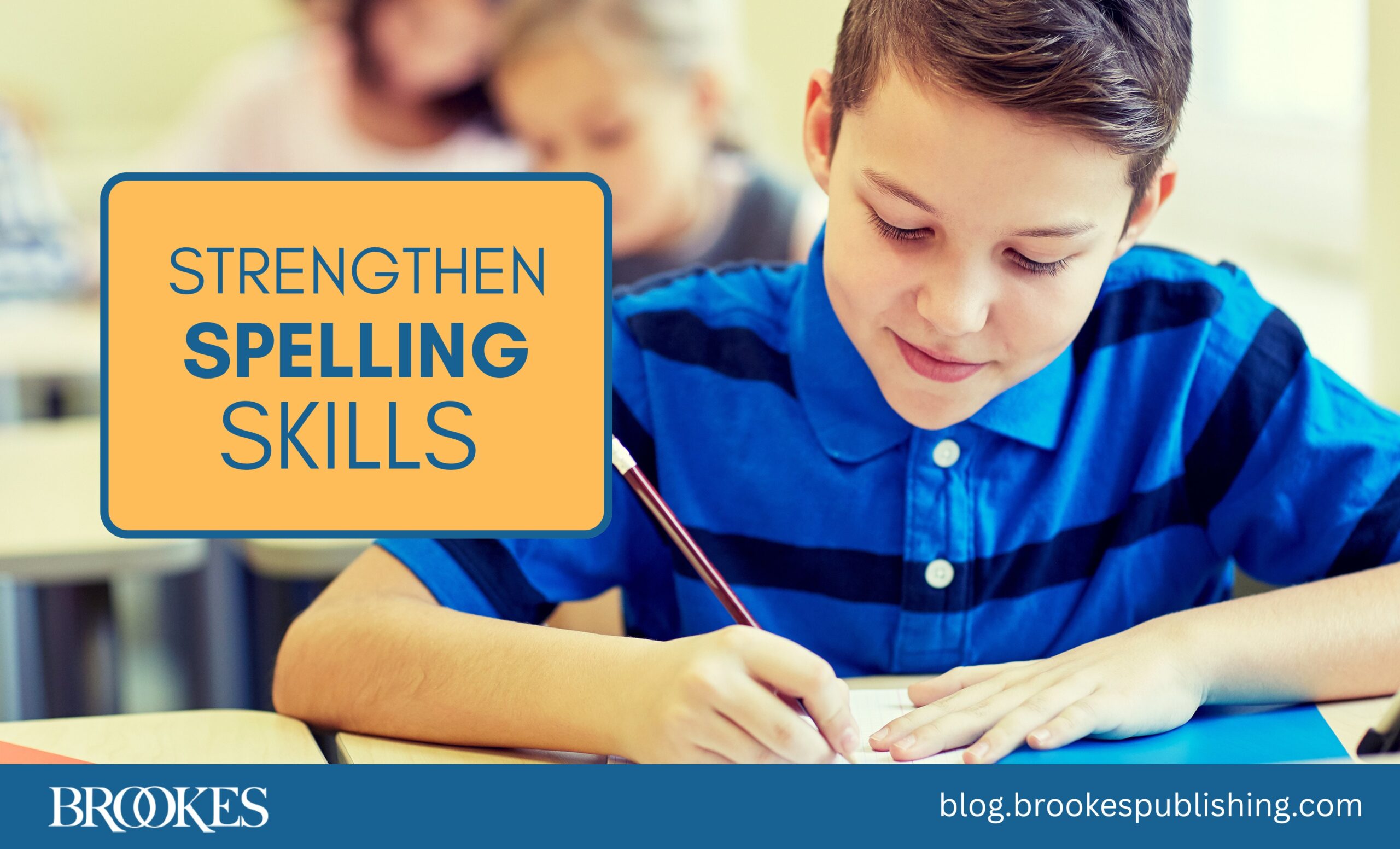
Write a Comment
Your email address will not be published. Required fields are marked *
comments
MK says
use different colored highlighter pens to draw attention to important text
Lucila Paet says
I loved everything suggested. Great!
therapeutic school princeton nj says
Not all students learn the same. It's important we look at multiple teaching styles to help a child build literacy skills. Thanks for sharing.
Post a Comment